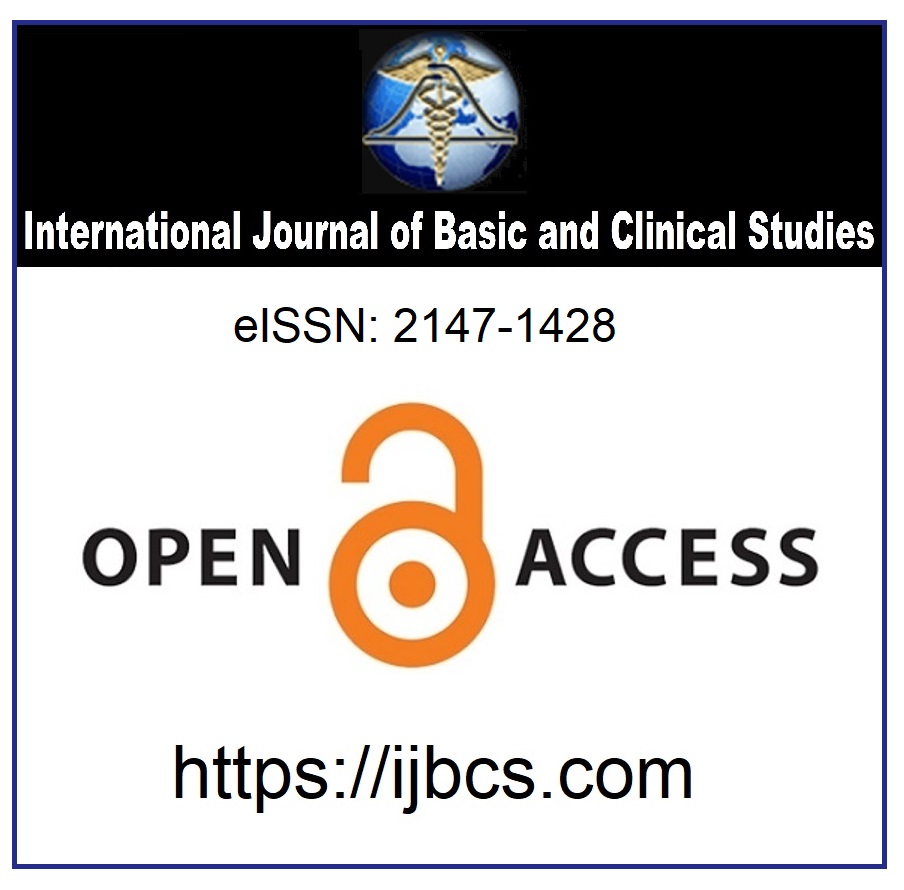The Comparison of Physical Activity and Health Related Physical Fitness Levels Between Exercising and Non-Exercising Housewives
Keywords:
Physical activity, physical fitness, exercise, housewivesAbstract
Purpose: Together with increased level of physical activity health related physical fitness is also likely to increase. Therefore, regular physical exercise is an important factor to improve health and preventing chronic diseases. The aim of this study was to compare physical activity and health related physical fitness levels were compared between exercising and non-exercising housewives.
Method: A total of 45 healthy housewives [exercising (n = 22) and non-exercising (n = 23)], aged 40-60 years, were included in this study. The criteria for 'exercising' were doing aerobic type exercise at least 3 times a week for 1 hour. The demographic data of the individuals (age, depression level) were recorded. International Physical Activity Questionnaire-Short Form (IPAQ-SF) used to measure the level of physical activity, 6 Minute Walk Test (6MWT) to evaluate the aerobic capacity and Sit to Stand Test (SST) Scale to assess muscular strength and endurance and Basal Metabolic Index (BMI) to evaluate body composition. Analysis studies were performed using the SPSS 18.0 program. In order to compare the two groups MannWhitney U test was used. The level of p value <0.05 was accepted as statistically significant.
Results: There was not any difference between exercising and non-exercising housewives in terms of demographic characteristics. Considering the level of physical activity compared to non-exercising housewives (1.566 ± 2.582 Met-min/week) exercising housewives (2.522 ± 2.439 MET-min / week) were found to be significantly more active (p=0.003). The aerobic capacity of exercising housewives (648.18 ±120.80 meters) was found to be significantly higher (p=0.000) than non-exercising housewives (469.04 ±110.09 meters), but muscular strength and endurance levels of the two groups (exercising 19.13 ± 4.60 repetition / 30 sec) (non-exercising 17.82 ± 5.06 repetition / 30 sec) and BMI (exercising 24.33 ± 4.06 kg/m2) (non-exercising 26.67 ± 4.99 kg/m 2) was not different between the two groups.
Conclusion: The housewives who are considered to be less physically active than the working women the habit of regular exercise is found to be contributed to an increase in physical activity level and cardiovascular fitness but there was not any difference in musculoskeletal fitness and body composition between exercising and non-exercising housewives. The combination of exercise types (aerobic and resistance) may be suggested to the exercising housewives to improve the components of health related physical fitness.
Downloads
Published
How to Cite
Issue
Section
License
Copyright (c) 2015 By the Authors.

This work is licensed under a Creative Commons Attribution 4.0 International License.



